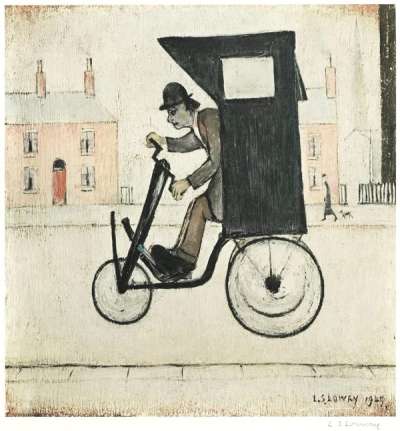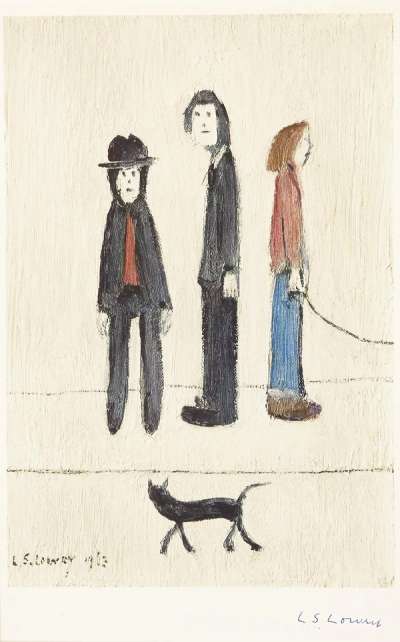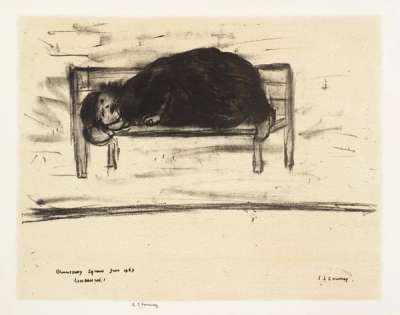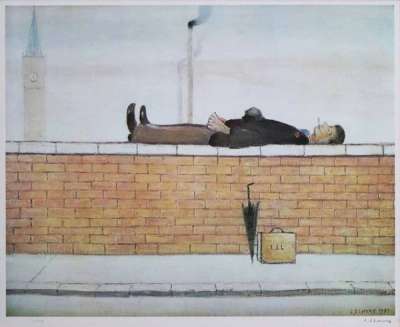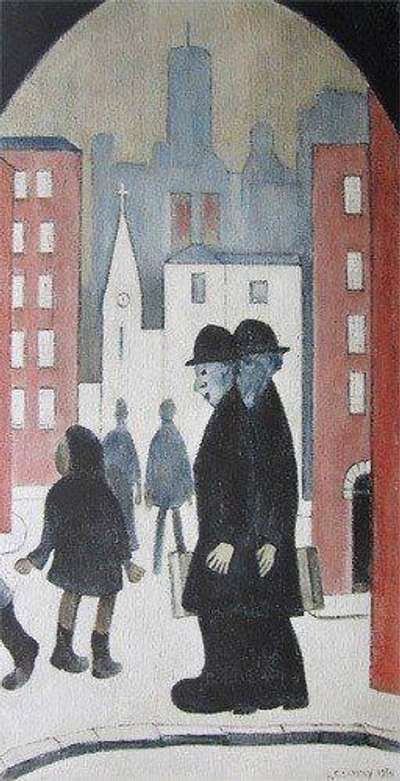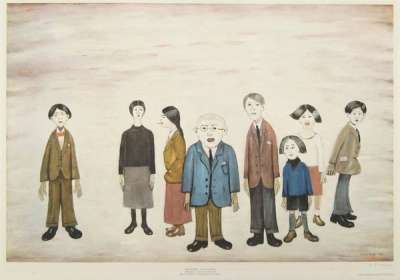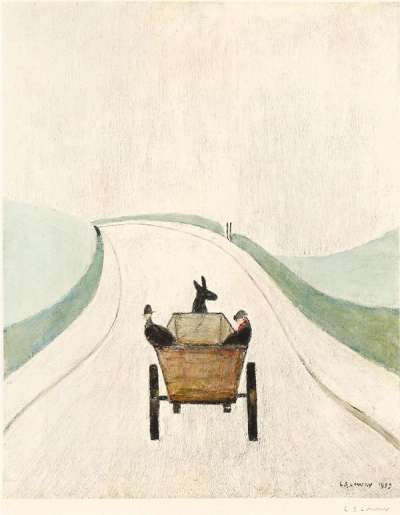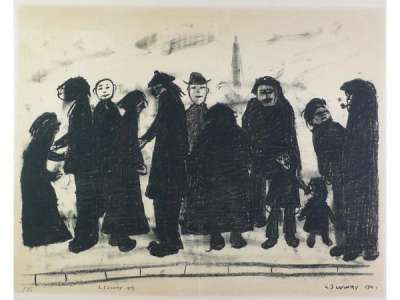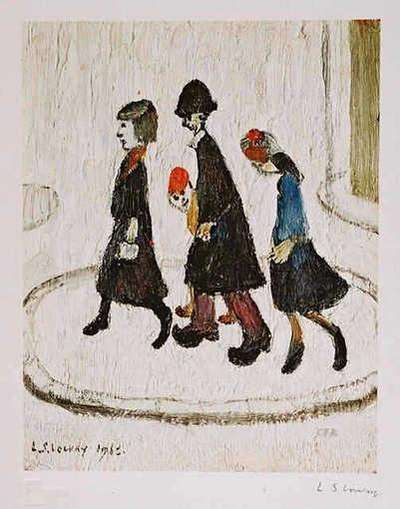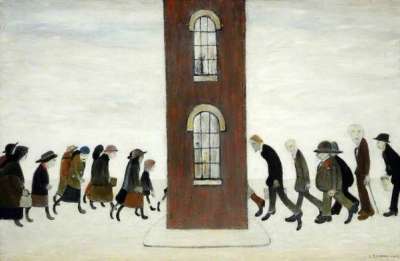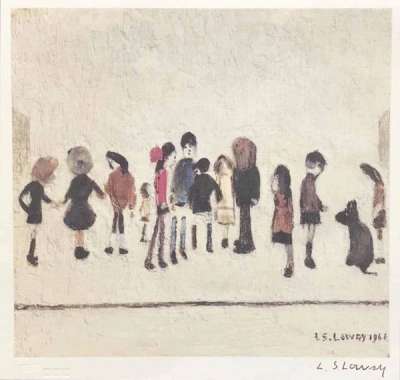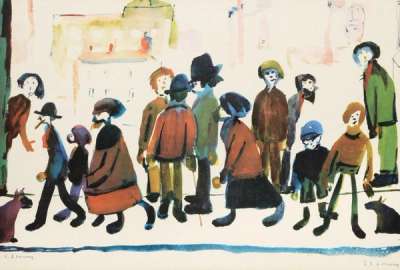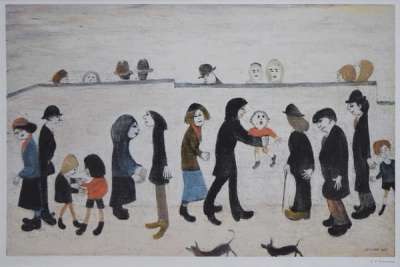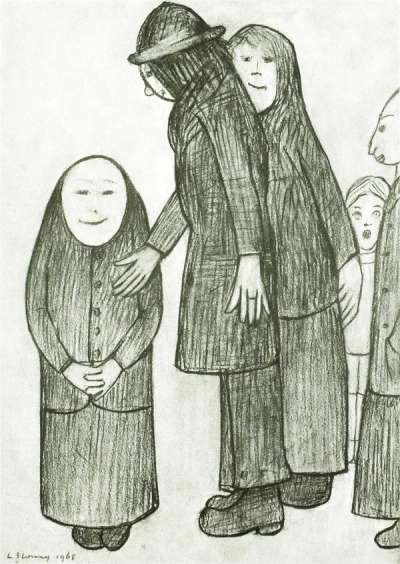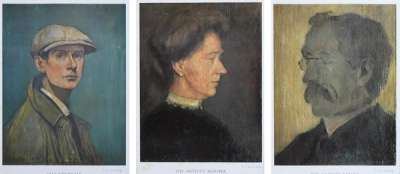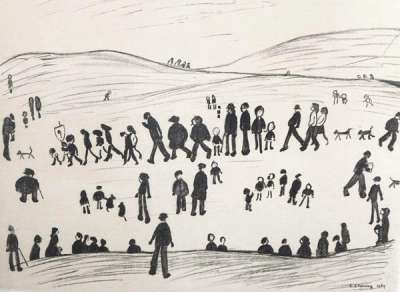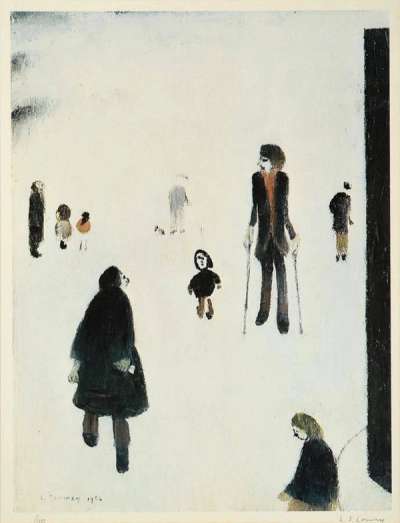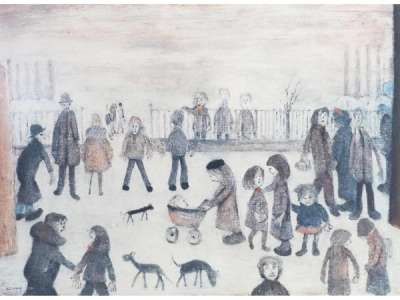
Woman With Beard

Woman With Beard
Signed Print
L S Lowry
£700-£1,050
$1,350-$2,050 Value Indicator
$1,200-$1,800 Value Indicator
¥6,500-¥9,500 Value Indicator
€800-€1,250 Value Indicator
$7,000-$10,500 Value Indicator
¥130,000-¥200,000 Value Indicator
$900-$1,350 Value Indicator
AAGR (5 years) This estimate blends recent public auction records with our own private sale data and network demand.
There aren't enough data points on this work for a comprehensive result. Please speak to a specialist by making an enquiry.
Medium: Lithograph
Edition size: 750
Year: 1975
Size: H 58cm x W 48cm
Signed: Yes
Format: Signed Print
TradingFloor
MyPortfolio
Your collection tracked in real time.
Build your portfolio, manage valuations, view return against your collection and watch works you're looking for.
Track auction value trend
Auction Results
| Auction Date | Auction House | Artwork | Hammer Price | Return to Seller | Buyer Paid |
|---|---|---|---|---|---|
| April 2023 | Forum Auctions London - United Kingdom | Woman With Beard - Signed Print | |||
| March 2023 | Rosebery's Fine Art Auctioneers - United Kingdom | Woman With Beard - Signed Print | |||
| May 2022 | Cheffins - United Kingdom | Woman With Beard - Signed Print | |||
| November 2021 | Rosebery's Fine Art Auctioneers - United Kingdom | Woman With Beard - Signed Print | |||
| April 2021 | Sworders - United Kingdom | Woman With Beard - Signed Print | |||
| December 2017 | Whyte's - Ireland | Woman With Beard - Signed Print | |||
| March 2005 | Bonhams Leeds - United Kingdom | Woman With Beard - Signed Print |
Meaning & Analysis
Woman with Beard is one of Lowry’s iconic paintings. It’s related to an anecdote on a train ride from Cardiff to London, sitting across from a bearded woman. The artist tells the story in the following quote:
“She had a very nice face, and quite a big beard. Well sir, I just couldn’t let an opportunity pass, so I began almost at once to make a little drawing of her on a piece of paper. She was sitting right opposite me. After a while she asked, rather nervously, what I was doing? I blushed like a Dublin Bay prawn and showed her my sketch - the one from which I later made my painting of her. At first, she was greatly troubled, but we talked, and by the time the train had reached Paddington we were the best of friends. We even shook hands on the platform. People say, ‘Oh, but you couldn’t have seen a woman with a beard like that!’ But I did you know. They said the same thing about my painting of the bearded lady I saw pushing a pram in Winchester. But I saw her too! Although I’m afraid she wasn’t quite so nice. The moment I saw the good lady I pulled a scrap of paper from my pocket and hurried alongside her scribbling away. Well, my dear sir - her language - Oh! it was quite appalling! Oh, terrible! I wouldn’t dare repeat what she called me!”
